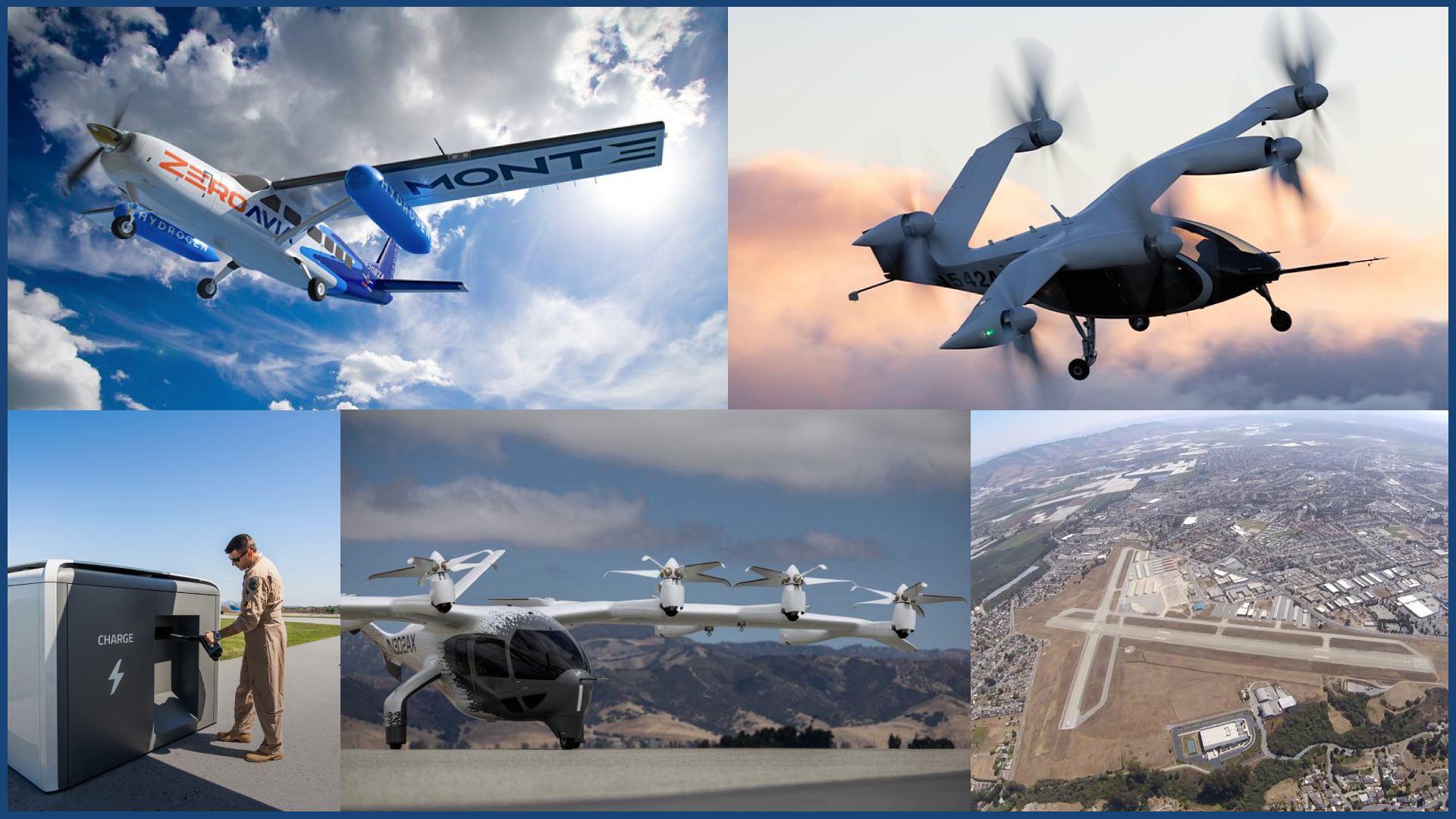DART Provides Guidance on Drone Operations & Aerial Phenomena

MARINA, CA — In response to increased public interest in drone activity and aerial phenomena, DART has released comprehensive guidance to clarify drone regulations, enhance public safety, and address frequent concerns and misconceptions.
Drones are integral to many sectors, including public safety, environmental monitoring, and emerging commercial applications. To support safe and informed interactions with drones, DART emphasizes the importance of understanding drone operations and using appropriate resources to identify aerial activities.
Key Points:
- Respect Legal Drone Use: Drones are often employed for legal activities such as infrastructure inspections, emergency responses, and recreation. Suspicious activity should be reported to local authorities rather than assuming wrongdoing.
- Safety First: Shooting at drones or using lasers is both dangerous and illegal under federal and state laws.
- Nighttime Operations: FAA regulations permit drones to operate at night under specified guidelines. Lights on drones indicate safety measures, not covert operations.
- Aerial Phenomena Explained: Many sightings of drones or lights in the sky can be attributed to aircraft, satellites, or other identifiable objects.
- Use Technology to Identify Aircraft: Tools like FlightRadar24 and drone-specific remote ID apps can help identify aerial vehicles. However, these tools may not detect all drones due to technological limitations.
- DART Testing and Research: The Monterey Bay region is home to advanced drone testing, contributing to innovation in the aerospace sector.
- Educational Resources: For those interested in flying drones or learning more, visit the FAA’s Unmanned Aircraft Systems (UAS) portal at FAA.gov/uas.
Have Concerns About Drone Sightings?
If you spot drone activity that you believe is unsafe or illegal, document your observations, including location, time, and supporting media, then reach out to your local FAA flight standards district office. The FAA’s investigators may be able to investigate your report and follow up with the drone operator. Unauthorized drone operators may be subject to penalties and criminal charges.
DART Drone Operations FAQ
To address common concerns and misconceptions about drones and unidentified aerial phenomena, DART provides the following FAQ for public awareness and safety:
- Can I shoot at or interfere with drones in the sky?
No. It is illegal to shoot at drones or aim lasers at them. These actions are hazardous to people on the ground or in the air and violate state and federal laws. - What are the lights I see in the sky? Are they drones?
Many lights or objects observed in the sky can be explained as aircraft, satellites, stars, or other natural phenomena. Drones operating legally often have visible lights for safety purposes. - Are all drones used legally?
Most drones are operated legally and responsibly. They are widely used for public safety, infrastructure inspection, environmental monitoring, law enforcement, and recreational purposes. - Can drones fly at night?
Yes. FAA regulations allow drones to operate at night as long as they meet specific safety requirements, including using lights for visibility. - What should I do if I feel uncomfortable or threatened by a drone?
Avoid direct confrontation. Drones are typically flown legally. If you have concerns, report the activity to your local authorities rather than taking matters into your own hands. - How can I identify drones or other aerial vehicles?
Use available tools such as FlightRadar24 for tracking planes and helicopters, or apps designed for drone remote ID, which act as a digital license plate for drones. Be aware that some aircraft or drones may not be visible in all locations or compatible with all apps. - Are drones trying to hide if they’re flying without lights?
No. Lights on drones are typically used for safety and visibility. Drones operating legally aim to be seen and avoid conflict with other aircraft. - Where can I find information about drone testing and operations in my region?
DART facilitates advanced drone testing and operations across the Central Coast. Visit MBDART.org for updates on testing zones and other activities. - How can I learn to fly drones or better understand drone regulations?
Resources for drone enthusiasts and operators are available through the FAA’s Unmanned Aircraft Systems (UAS) portal: FAA.gov/uas. - What should I do if I believe a drone is being used illegally?
Document the time, location, and nature of your concern, along with photos or videos if possible, then reach out to your local FAA flight standards district office. The FAA’s investigators may be able to investigate your report and follow up with the drone operator. Unauthorized drone operators may be subject to penalties and criminal charges.



